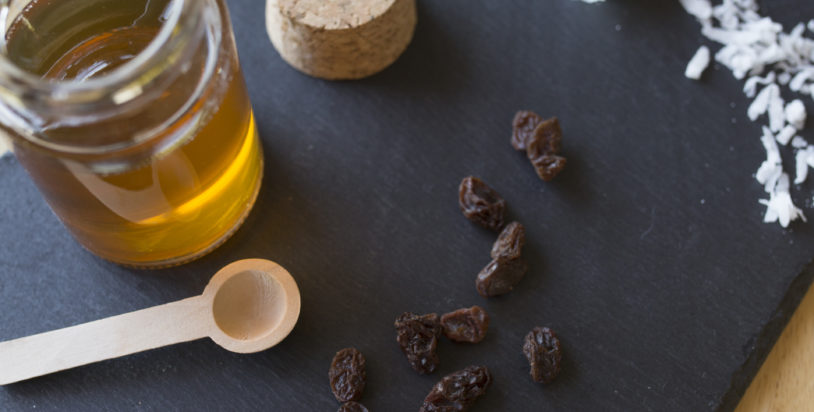
7 Ways to Get Picky Eaters to Eat More Fruits and Veggies
7 Ways to Get Picky Eaters to Eat More Fruits and Veggies
Health experts say eating a wide variety of fruits and vegetables provides necessary antioxidants and nutrients to developing children. But children usually don’t like to eat green things.
Helping your kids to enjoy their fruits and vegetables may be easier than you think, though. Traverse City mom and registered dietitian Sarah Eichberger suggests incorporating these easy tips and tricks into your everyday meals.
- On occasion, it’s ok to “hide” vegetables on your child’s plate, but by offering “unhidden” vegetables, it helps support taste and knowledge that a healthy meal includes vegetables. Fold vegetables into meatloaf, add shredded carrots or zucchini into spaghetti sauce or turkey/beef burgers and put apples and squash in pancakes.
- Patience often works better than pressure. Small children are learning how to eat and picky eating, refusing to eat foods that are mixed together or wanting to eat the same couple of foods at every meal are common behaviors. Sometimes it can be best to ignore these eating habits and try adding new foods later on.
- Parents should model positive eating–sit and eat together, eat the same food as your child and offer three meals and two snacks daily around the same times. Parents should refrain from talking about foods they don’t like: kids are listening and may copy.
- Continue serving a variety of foods and try different ways of preparing them. For example, in addition to fairly simple steamed vegetables, try these ideas:
- Roast vegetables with garlic and herbs
- Offer them raw with dips
- Give the food a fun name like “X-ray carrots”
- Use cookie cutters to cut melon, cucumbers or apples
- Create opportunities for your child to play a role in food selection. Take them to the grocery store or farmers market, and ask them questions about what they see. Let kids pick a fruit or vegetable that “we can take home,” or ask “what fruit or vegetable would you like to taste?”
- Cook with your child. Stirring, pouring and washing produce are all things kids can help with.
- Gardening is a great way to expose children to vegetables and often encourages increased consumption because the child has helped grow the food they’re eating.
Easy Bean Dip Recipe for a Veggie Plate
Ingredients:
- 1 15-ounce can of black beans, chickpeas or cannellini beans
- 1 clove of garlic, roasted & finely minced
- ¼ cup of water
- 1 tablespoon of canola oil
- ½ teaspoon salt
- ½ teaspoon ground black pepper
Directions:
To roast garlic:
Preheat oven to 400 degrees Fahrenheit. Peel most of the paper off head of garlic, but leave the cloves connected. Trim the top off the head of garlic to expose tops of cloves, and drizzle with 1 to 2 teaspoons of olive oil. Wrap in foil and bake for 40 minutes.
For bean dip:
Using a blender, food processor or immersion blender, mix all of the ingredients together. For an extra kick, add ¼ cup of salsa! Serve up with cut-up fresh veggies or whole-wheat pita wedges or crackers. Or, use it as a sandwich spread.
Try more kid-friendly recipes by Taste the Local Difference and the TBAISD Farm to School Program.
By MyNorth Media
